It is surprising to me how many times I have seen this done incorrectly in the field. Summing a stereo source, whether it is balanced or unbalanced is not simply twisting a couple of wires together. This will effectively reduce the impedance of the outputs by one-half. With newer, active balanced outputs, this may cause damage to the output amplifiers.
The parallel resistance formula is thus:
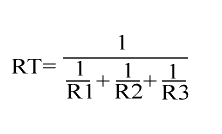
Therefore a 600-ohm stereo output tied together would look like this:
Rt = 1/(1/600+1/600) or 300 ohms.
It also creates an impedance mismatch with the next piece of gear, which will affect the common mode noise rejection of the circuit.
The best way to sum is through a resistive network. That way stereo separation is maintained, the impedance of the output circuits is maintained and the output amplifier will not current cycle. That looks like this:
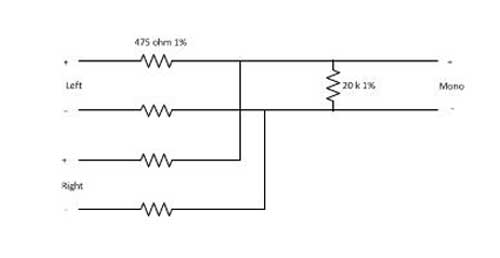
Pretty easy to fabricate in the field. It is good to do things the right way, it sounds better on the air too.



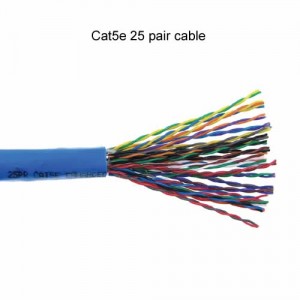
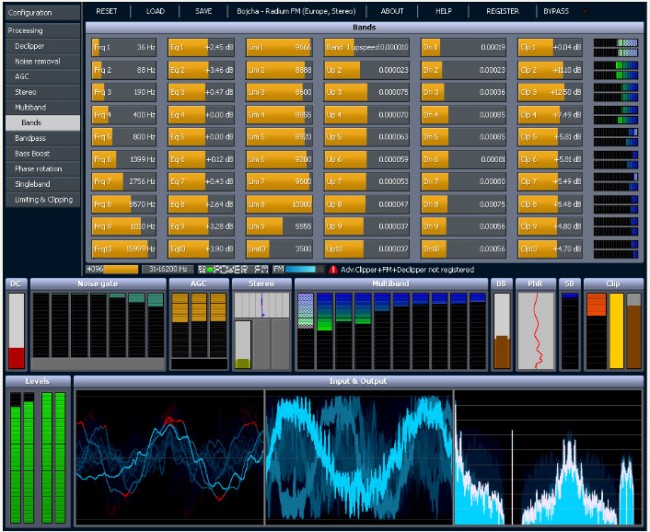
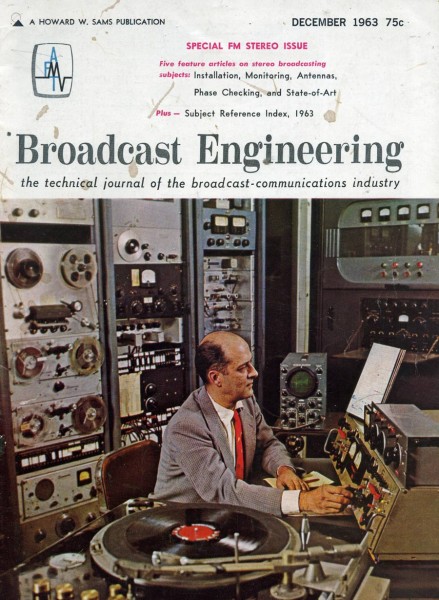
You can also use a “wheatstone” combining pad, which uses 3 600R resistors (plus a 4th is the sum side is hi-Z balanced). They offer better isolation between the two channels being summed. I’m not very good at ASCII art, so here’s a link: http://retrotechnologist.blogspot.com/2013/07/a-simple-audio-spliitingcombining-pad.html
That looks like it will work good too. The point it to provide proper impedance to the previous amplifier stage and offer at least some isolation between sources. You are correct when you say analog audio is becoming a black art.
How to do this with a balanced circuit?
There is a balanced output circuit here https://www.ranecommercial.com/kb_article.php?article=2106
Thank you very much your link.